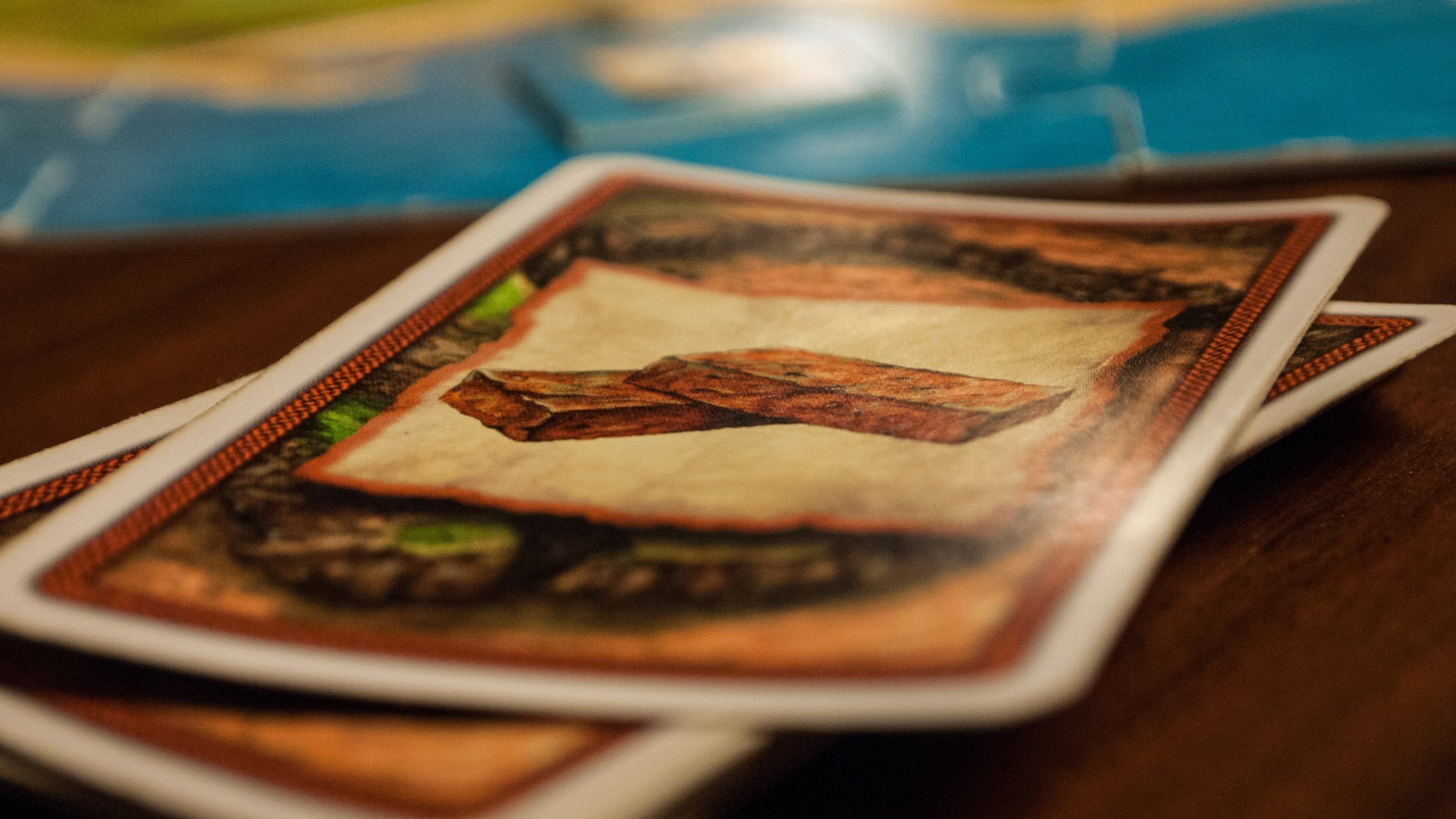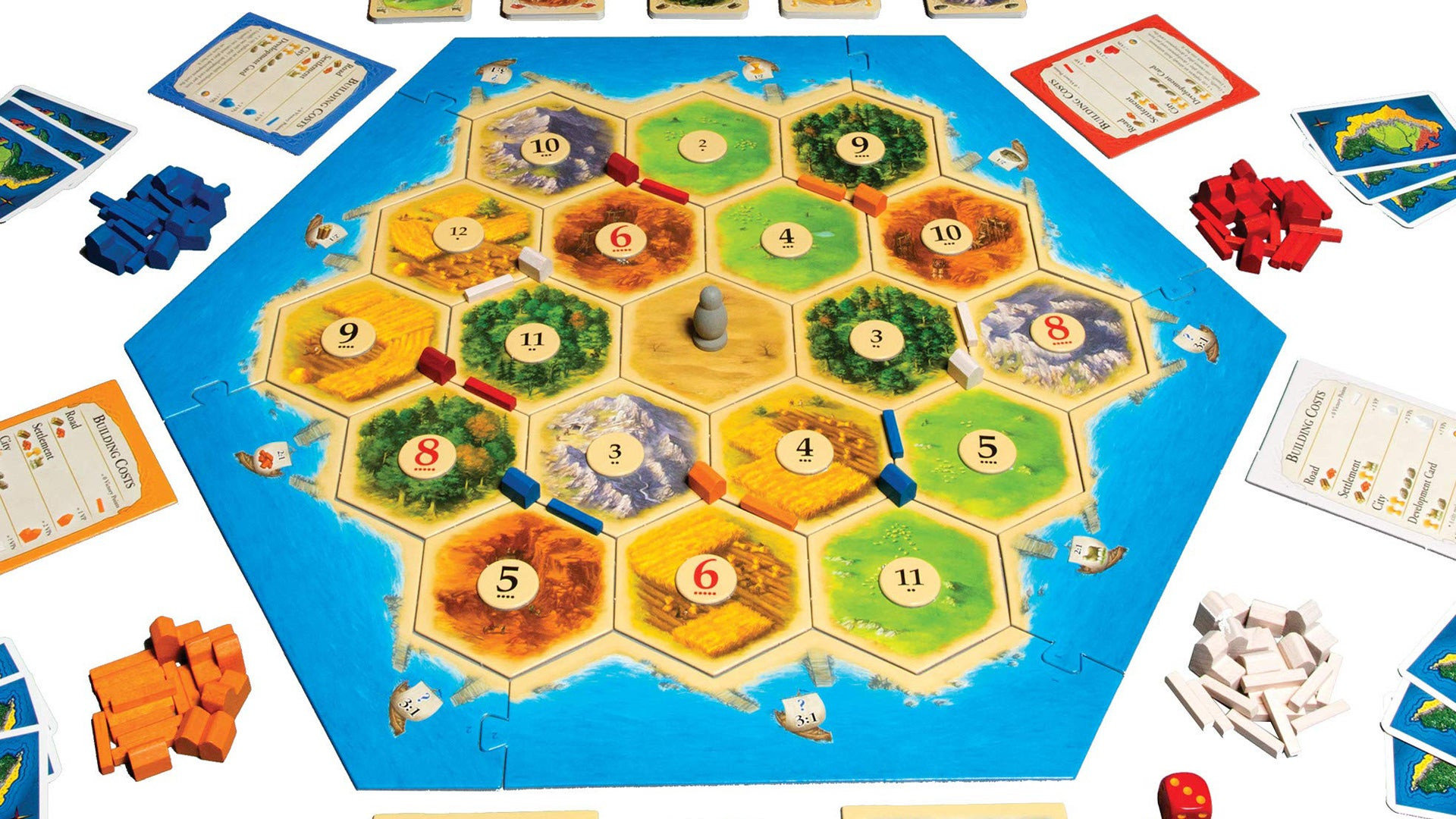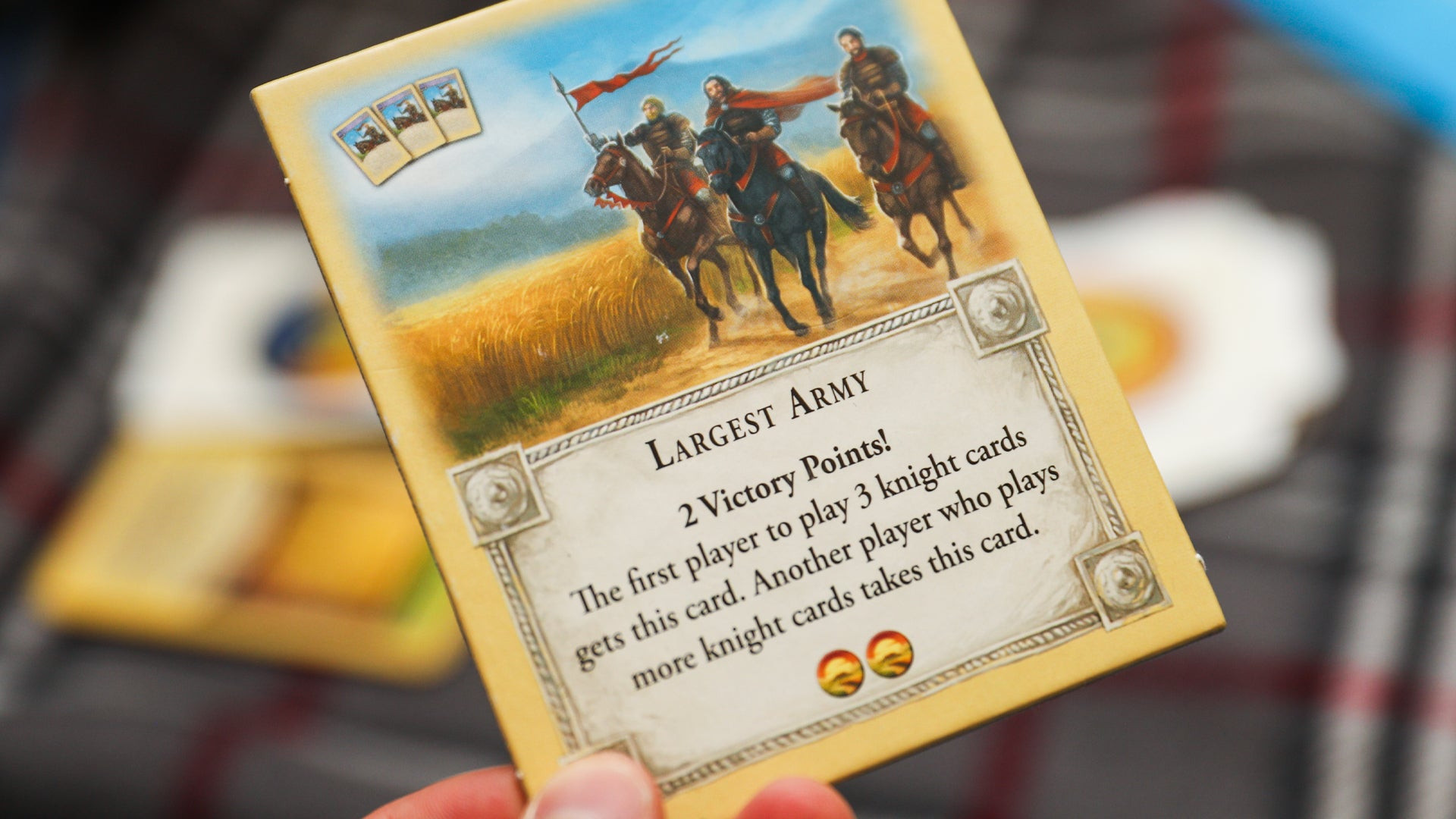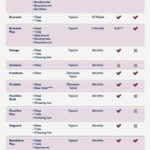The board game world boasts a pantheon of classics, and among them, Catan, formerly known as Settlers of Catan, reigns supreme. Its enduring popularity means many have already experienced its blend of strategy and chance. However, whether you’re a seasoned player needing a refresher or a newcomer eager to learn, understanding the official Catan Game Rules is key to enjoying this iconic game. This guide will provide a detailed walkthrough, ensuring you’re playing Catan the right way.
Klaus Teuber’s creation, a game centered on trading, resource management, and strategic expansion on a newly discovered island, has profoundly impacted modern board gaming. Over three decades and more than 20 million copies sold, Catan has captivated a diverse audience, including celebrities like Kristen Bell and Carly Rae Jepsen.
While the Catan universe has expanded with numerous extensions, spin-offs, and even a movie adaptation in development, many are still discovering or rediscovering the base game.
Learn how to play Catan with our video tutorial.
For those yet to embark on their Catan journey or simply seeking a clear explanation of the fundamental Catan rules, read on. We’re here to guide you through everything you need to know about how to play Catan.
Number of Players in Catan
Catan is designed for 2 to 4 players. Each player takes on the role of a settler, competing to acquire resources and strategically build settlements, cities, and roads across the island of Catan. The goal is to be the first to reach 10 victory points.
Catan Game Length
A typical game of Catan lasts around 60 minutes. However, game time can vary depending on player count, familiarity with the game rules of Catan, and the unpredictable roll of the dice. Games can be shorter or longer based on these factors and the strategic decisions made by players.
Catan board game initial setup using the recommended beginner layout.
Setting Up the Catan Board
One of Catan’s appealing features is its modular board. This means the game board is different every time you play, offering high replayability. The hexagonal terrain tiles are arranged to form the island, leading to varied game landscapes.
For your first game, or when teaching beginners the Catan rules, it’s best to use the recommended beginner setup. This layout is detailed at the beginning of the official Catan rulebook, ensuring a balanced starting game.
Here’s how to set up the Catan board:
- Assemble the Frame: Connect the blue sea frame pieces to create the border of the island.
- Arrange Terrain Hexes: Place the land hex tiles in the beginner setup pattern from the rulebook. For more experienced players, you can shuffle the tiles face down and arrange them randomly for a variable board.
- Place Number Tokens: In the beginner setup, follow the rulebook’s pattern for number tokens. For a variable setup, arrange the number tokens alphabetically, starting from a corner and moving counter-clockwise towards the center. This adds an element of unpredictability to resource production.
- Place the Robber: The robber pawn begins the game on the desert hex tile.
 Settlers of Catan board game gameplay
Settlers of Catan board game gameplay
Gameplay in Settlers of Catan involves gathering resources from hexes adjacent to settlements based on dice rolls.
Catan Player Setup
Once the board is set, each player chooses a color and takes the corresponding game pieces: five settlements, four cities, and fifteen roads. These pieces are placed in front of each player, ready for deployment onto the Catan island.
The initial placement of settlements and roads is crucial for starting resource acquisition.
For beginner setup: Follow the rulebook’s guide for initial settlement and road placement. Specific starting locations are marked to ensure a balanced beginning for all players.
For experienced player setup: Players take turns placing one settlement and one adjacent road. The placement order is reversed for the second settlement and road, meaning the last player to place in the first round gets to place first in the second round, creating a balanced start.
Each player receives a building cost card. This card serves as a handy reference throughout the game, showing the resource costs for building roads, settlements, cities, and purchasing development cards, essential for strategic planning according to Catan game rules.
The Longest Road and Largest Army cards, along with the two dice, are placed within easy reach of all players, usually beside the game board. These cards provide bonus victory points and are key objectives during gameplay.
Separate the resource cards into five distinct piles: sheep (wool), wood, brick, ore (stone), and wheat. These piles form the resource bank from which players will draw resources based on dice rolls and strategic placement.
For the recommended beginner setup, players receive starting resources based on the hexes surrounding their initial settlement marked with a white star in the rulebook. This ensures everyone starts with a small collection of resources to begin building. For example, in the beginner setup: Yellow player receives one sheep, one wood, and one wheat; Red player receives one wheat, one wood, and one sheep; Blue player gets a brick, a sheep, and an ore; White player gets an ore, a wood, and a sheep.
In the experienced player setup, players instead gain resources from the hexes adjacent to their second settlement placed during setup. This slightly alters the initial resource distribution and starting strategies compared to the beginner setup.
 Settlers of Catan board game thief pawn
Settlers of Catan board game thief pawn
The robber pawn in Settlers of Catan, used to block resource production and steal from opponents.
Catan Rules: Gameplay
A turn in Catan is divided into three straightforward phases, making the Catan rules easy to follow during active play:
- Resource Production
- Trading
- Building
1. Resource Production
At the start of each turn, the active player rolls both dice. The sum of the dice determines which hexes produce resources in that round. Players with settlements or cities adjacent to hexes with the rolled number collect the corresponding resource cards from the resource piles.
For example, if a 9 is rolled, any player with a settlement bordering a hex with a ‘9’ token will collect resources from that hex type. If Red player has a settlement on a field (wheat) hex with a 9, they receive a wheat resource card. If White player also has a settlement on the same hex or another ‘9’ hex, they too will receive a wheat. Yellow player on a hill (brick) hex with a 9 would receive a brick.
It’s crucial for each player to pay attention to the dice roll and identify if their settlements are on hexes producing resources that turn. Resource management based on these rolls is a core element of Catan game rules.
Catan incorporates probability, as resource availability is directly tied to dice rolls. The number 7 is the most statistically probable roll with two dice, and in Catan, rolling a 7 triggers a special event: the Robber.
How the Robber Works in Catan
Rolling a 7 in Catan activates the robber, introducing a disruptive element into the resource production phase.
When a 7 is rolled:
- Resource Card Discard: All players holding more than seven resource cards must discard half of their hand, rounded down, back to the resource piles. This rule applies to every player, including the one who rolled the 7, adding a risk to hoarding too many resources.
- Robber Placement: The player who rolled the 7 must move the robber from its current location to any numbered hex tile on the board. This strategic placement is crucial as it blocks resource production from the hex it occupies.
- Resource Stealing: After placing the robber, the player can steal one random resource card from any one player who has a settlement or city adjacent to the hex where the robber was just placed. If multiple players are eligible, the active player chooses only one to steal from.
The robber remains on the chosen hex, preventing resource production from that tile whenever its number is rolled, until it is moved again, either by another 7 roll or a Knight development card. Understanding how to use the robber effectively is a key strategic aspect of Catan rules.
 Settlers of Catan board game cards
Settlers of Catan board game cards
Resource cards are central to trading and building in Catan, obtained from resource production and trades.
2. Trading
The trading phase in Catan allows players to exchange resources, vital for acquiring the specific materials needed for building and development. There are two forms of trade defined in the Catan rules:
Domestic Trading
Domestic trading, or player-to-player trading, is a core social interaction in Catan. The active player can announce which resources they need and what they are willing to trade in return. Other players can then negotiate trades with the active player, making offers and counter-offers. However, players can only trade with the active player during their turn, not with each other. Effective negotiation and assessing resource value are important skills in domestic trading.
Maritime Trading
Maritime trading provides an alternative to player trading and is particularly useful when players are unwilling to trade or when you have a surplus of one type of resource.
Maritime trading allows players to trade resources at a rate of 4:1 at any time. That is, you can discard four of any one type of resource card to take one resource card of your choice from the resource piles.
Having settlements or cities on harbor hexes along the coast of Catan offers more favorable maritime trade rates. Harbors can provide 3:1 general trade or even 2:1 for a specific resource type (indicated by the harbor icon). Utilizing harbors efficiently is crucial for resource management and strategic advantage.
 Settlers of Catan board game town and road
Settlers of Catan board game town and road
Upgrading settlements to cities is essential for victory in Catan, providing more resources and victory points.
3. Building
The final phase of each player’s turn is building. Using the resources they’ve collected and traded, players can construct roads, settlements, and cities, and also purchase development cards. Strategic building is essential for expanding your network, increasing resource production, and accumulating victory points, as dictated by Catan building rules.
Players can build multiple items in one turn, provided they have sufficient resources and available building pieces. The building costs are clearly outlined on the building cost card each player receives at the start of the game.
Roads
Building roads is fundamental to expansion in Catan. A road costs one brick and one wood. Roads are placed along the edges of hexes and allow players to extend their network to new locations, opening up opportunities for placing settlements and accessing more resources.
The first player to build a continuous road of at least five segments earns the Longest Road card, which grants two bonus victory points. However, this card is not permanently held. If another player constructs a longer continuous road, they take the Longest Road card, and its victory points, from the previous holder. The dynamic nature of the Longest Road card adds a competitive edge to road building.
Settlements
Settlements are your primary source of resources and victory points. Building a settlement costs one brick, one wood, one sheep, and one wheat. Each settlement placed on the board is worth one victory point, and reaching 10 victory points is the goal to win Catan.
Settlements must be placed at intersections of hexes, connected to your existing road network, and crucially, must adhere to the distance rule: no settlement can be built adjacent to another settlement (including your own). There must be at least two edges between settlements, requiring strategic planning of settlement placement.
Besides providing victory points, settlements generate resources each time a number adjacent to them is rolled, making their placement strategically vital for resource accumulation and overall Catan strategy.
Cities
Cities represent advanced development in Catan. Upgrading a settlement to a city costs three ore and two wheat. A city replaces an existing settlement at its location.
Cities significantly enhance resource production, as they produce double the resources of a settlement. Each city is worth two victory points, making them a more efficient way to gain victory points compared to settlements, although they are more expensive to build. Cities are crucial for accelerating victory point accumulation in the later stages of the game.
Strategic placement of settlements and cities along roads, respecting distance rules, is key in Catan.
Catan Development Cards Explained
Purchasing development cards is another strategic option during the building phase. A development card costs one sheep, one ore, and one wheat. Players buy development cards blindly from a shuffled deck, adding an element of chance and surprise.
Development cards are kept secret from other players until played, adding an element of hidden information and potential surprise attacks or boosts. Importantly, development cards cannot be played in the same turn they are purchased, except for Victory Point cards.
There are three types of development cards in Catan, each with unique benefits:
Knight Cards
Knight cards serve a dual purpose. Playing a knight card allows you to move the robber to a new hex, just as if you had rolled a 7, enabling you to block resource production and steal from an opponent.
Furthermore, the player who plays the most knight cards earns the Largest Army card, worth two bonus victory points. The Largest Army card is awarded to the first player to play three knight cards. Similar to the Longest Road, the Largest Army card can be taken by another player who subsequently plays more knight cards, making it a contested objective.
Progress Cards
Progress cards are varied and provide immediate, one-time benefits. The specific effect of each progress card is clearly described on the card itself. Progress cards can grant resource bonuses, allow free building actions, or provide other strategic advantages. Once a progress card is played, it is discarded and removed from the game.
Victory Point Cards
Victory Point cards are the most straightforward path to victory. Each Victory Point card is worth one victory point and, uniquely among development cards, can be played in the same turn it is purchased. Victory Point cards remain hidden until a player reveals them to reach the 10 victory points needed to win, offering a concealed route to victory.
Official game trailer for Catan, showcasing the base game and its strategic elements.
How to Win Catan: Scoring and End of Game
The primary objective in Catan is to be the first player to accumulate 10 victory points on their turn. Victory points are earned through various means:
- Settlements: 1 victory point each
- Cities: 2 victory points each
- Longest Road Card: 2 victory points
- Largest Army Card: 2 victory points
- Victory Point Development Cards: 1 victory point each
Throughout the game, players must keep track of their own and their opponents’ victory points, considering both visible points from settlements and cities, and potential hidden points from development cards held by opponents. The game ends immediately when a player reaches 10 or more victory points on their turn, declaring them the winner and the most successful settler of Catan.
Playing Catan with Two Players
While the standard Catan rules are designed for 3 or 4 players, it is possible to play Catan with two players using adaptations. Officially, the base game supports 3-4 players, but variants and official two-player rules exist.
An official two-player ruleset is included in the Catan Traders & Barbarians expansion. These official two-player Catan rules were also released for free during the COVID-19 pandemic.
To play Catan with two players using the official rules, you need the base game and 20 trade tokens. This two-player variant introduces simulated neutral players and uses tokens to enable special actions, modifying standard gameplay for a two-player experience.
Two-Player Setup
The two-player game setup begins like a standard four-player game setup. However, neutral player settlements are placed according to a specific diagram included with the two-player rules. Human players set up their initial settlements and roads as in the regular game. Each human player starts with five trade tokens, which can be represented by any small tokens, such as coins or beads.
The Largest Army card in Catan, a bonus victory point card awarded for playing the most knight cards.
Two-Player Catan Rules Adjustments
In two-player Catan, some Catan rules are modified to accommodate the reduced player count and introduce strategic depth:
- Resource Production: Human players roll the dice twice each turn for resource production. If the two rolls are the same, the player rolls again until two different numbers are rolled. Both roll results are applied for resource collection, but neutral players do not collect resources.
- Neutral Player Building: Whenever a human player builds a road or settlement for themselves, they must also build the same type of structure for one of the neutral players for free. If a settlement cannot be built for a neutral player due to placement restrictions, a road must be built instead. This rule applies only to roads and settlements, not cities or development cards. Neutral player roads do not contribute to the Longest Road card.
- Trade Tokens and Actions: Human players can spend trade tokens to perform special actions:
- Forced Trade: Spend tokens to draw two random resource cards from the opponent’s hand and give the opponent two cards from their own hand. If the opponent has fewer than two cards, they still receive two cards from the active player.
- Move the Robber to the Desert: Spend tokens to move the robber to the desert hex, regardless of the dice roll.
- Trade Token Cost: The cost of these actions is one trade token if the player has fewer or the same number of victory points as their opponent, and two trade tokens if they have more victory points, creating a balancing mechanism.
- Gaining Trade Tokens: Players can gain more trade tokens by:
- Discarding a face-up knight card for two tokens (potentially losing the Largest Army card).
- Building a settlement adjacent to the desert hex for two tokens.
- Building a settlement on the coast for one token.
- Building a settlement both on the coast and adjacent to the desert for three tokens. These tokens are also awarded during initial setup placement.
These modifications in the two-player Catan rules aim to maintain competitive gameplay and strategic decision-making even with just two players. However, it’s generally recommended to play Catan with three or four players for the full, intended social and strategic experience.



 Catan board game Layout
Catan board game Layout 
